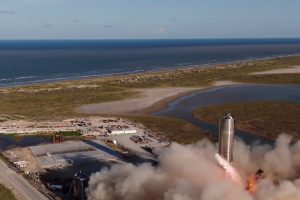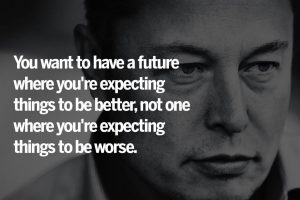SpaceX has successfully launched a flight-proven Falcon 9 rocket for the historic launch debut of the Cargo Dragon 2 spacecraft.
The weather is just 40 percent favorable for tomorrow’s 11:39am EST (16:39 UTC), December 5th launch attempt, but conditions are expected to clear up about 11:15am EST, jumping to 80 percent favorable during a backup window. Set to carry some three metric tons (~6600 lb) of cargo to NASA’s International Space Station (ISS), SpaceX’s CRS-21 mission would represent several firsts for NASA, the US and spaceflight in general, including a massive commercial airlock.
SpaceX believes that its November 15th Crew-1 Dragon launch marked the start of a continuous presence in orbit for the company.
“Over the next 15 months, we will fly seven Crew and Cargo Dragon missions for NASA. That means that starting with Crew-1, there will be a continuous presence of SpaceX Dragons on orbit. Starting with the cargo mission CRS-21, every time we launch a Dragon, there will be two Dragons in space – simultaneously – for extended periods of time. Truly, we are returning the United States’ capability for full launch services and we are very, very honored to be a part of that.”
Additionally, the continuous existence of a Dragon spacecraft in orbit also ensures that SpaceX will have two Dragons in orbit after all possible Dragon launches. Only Russia has regularly had more than one space station-bound spacecraft (Soyuz and Progress) in orbit at the same time in the history of spaceflight and the International Space Station. CRS-21 would thus catapult SpaceX into one of the most exclusive “club”‘ in spaceflight of the modern world.


Thanks to SpaceX, the US will definitely have two or more recoverable spacecraft deployed at the ISS at any given moment for the first time ever. Only Russia routinely operated two recoverable spacecraft in orbit prior to Dragon 2, and only for a period of a couple of days or weeks.
CRS-21 will also be the first time in history that a new space station-bound spacecraft (Cargo Dragon 2) debuts on a flight-proven rocket, orbital firsts aside (Falcon 9). SpaceX’s Demo-2 Crew Dragon astronaut launch debut, as well as South Korea’s ANASIS II communications satellite and a batch of 60 Starlink spacecraft were previously launched by the Falcon 9 booster supporting CRS-21.
For NASA, it will be the first flight of a two or three-flown Falcon 9 booster by the space agency, as well as the first certification of a SpaceX booster with a commercial (non-NASA) launch history to launch a NASA mission.
Want to buy a Tesla Model 3, Model Y, Model S, or Model X? Feel free to use my referral code to get some free Supercharging miles with your purchase: http://ts.la/guanyu3423
You can also get a $100 discount on Tesla Solar with that code. Let’s help accelerate the advent of a sustainable future.





